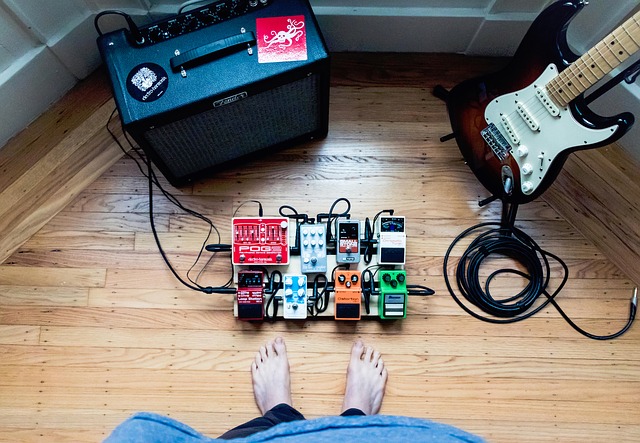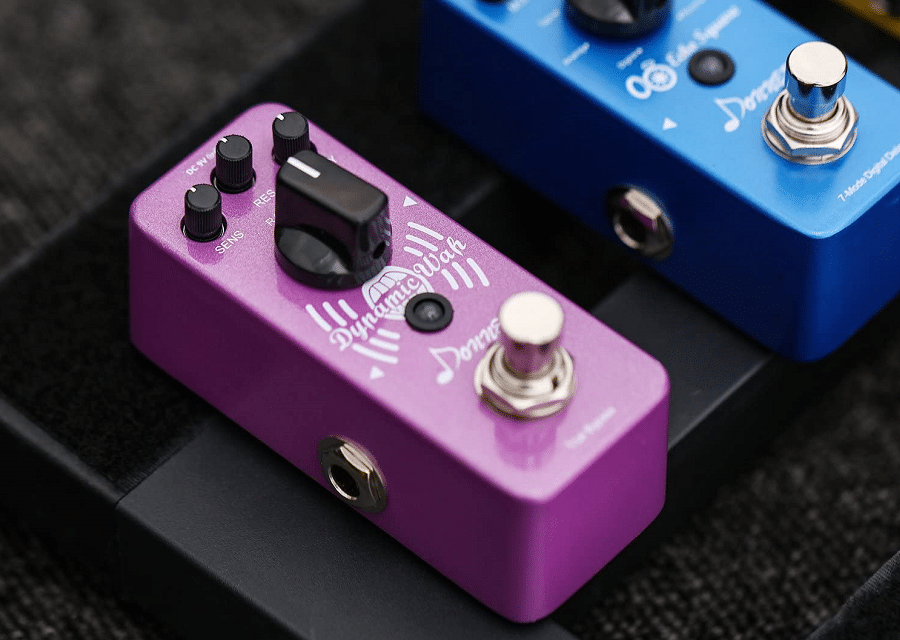How to pick the best harmonizer pedal
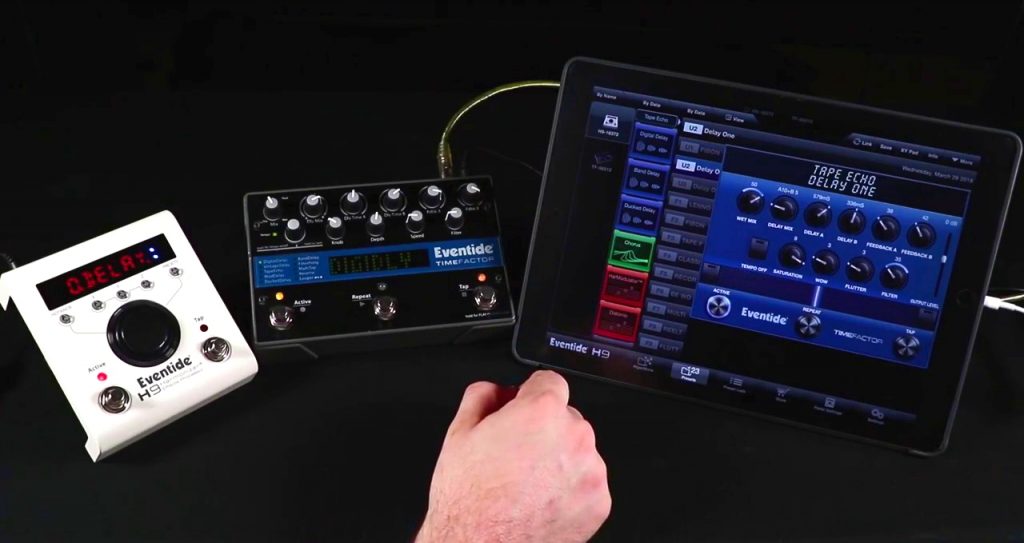 When picking a good harmonizer pedal, it’s always very helpful to have a clear idea of how you’re going to use it. If you want to use your harmonizer as an all-rounder in a studio, or even pass it around your band, expect to pay more. Vocal harmonizers tend to have a lot more features than budget harmonizers for guitars, for example. It’s important to prioritize what you need, and not to pay money for features you won’t use. The best sounding harmonizer pedal won’t necessarily be the most complicated and most expensive option.
When picking a good harmonizer pedal, it’s always very helpful to have a clear idea of how you’re going to use it. If you want to use your harmonizer as an all-rounder in a studio, or even pass it around your band, expect to pay more. Vocal harmonizers tend to have a lot more features than budget harmonizers for guitars, for example. It’s important to prioritize what you need, and not to pay money for features you won’t use. The best sounding harmonizer pedal won’t necessarily be the most complicated and most expensive option.
Studio or live performance
One of the most important factors to consider when buying any piece of electronic musical equipment is how large it is. Weight and dimensions are the crucial factors if you are a gigging musician who intents or needs to take your gear on the road. If you are a studio-based musician, however, you are more likely to prioritize functions over portability, and the size and weight won’t be as big a concern for you. The best harmonizer pedal for vocal studio work will have a good range of features and tone.
Harmonizing
Harmonizer pedals do some wonderful things that, before their advent, took years of practice, a whole lot of natural skill, and sometimes even a generous slice of luck to achieve. Harmonizing a sound wave makes it richer and adds layers of interest for listeners. What a harmonizer pedal does is basically it shift-pitches the original inputted sound, and then combines the new sound with the original one to make a layered ‘pile’ of sounds.
Harmonizers can make music sound like there are more musicians playing it than it is in reality.
Key tracking
Harmonizer pedals with key tracking will protect you from sounding like an amateur, and if you are an amateur – they’ll just make you sound like you know exactly what you’re doing! This is because pedals that lack this feature can throw out the odd off-key note – and that will stand out like a sore thumb. It can really make it sound like you hit a completely wrong note.
Key tracking pedals are intelligent enough to follow the key so that your vocals will leave your audience wanting for more songs – not a set of ear defenders.
Pitch shifting
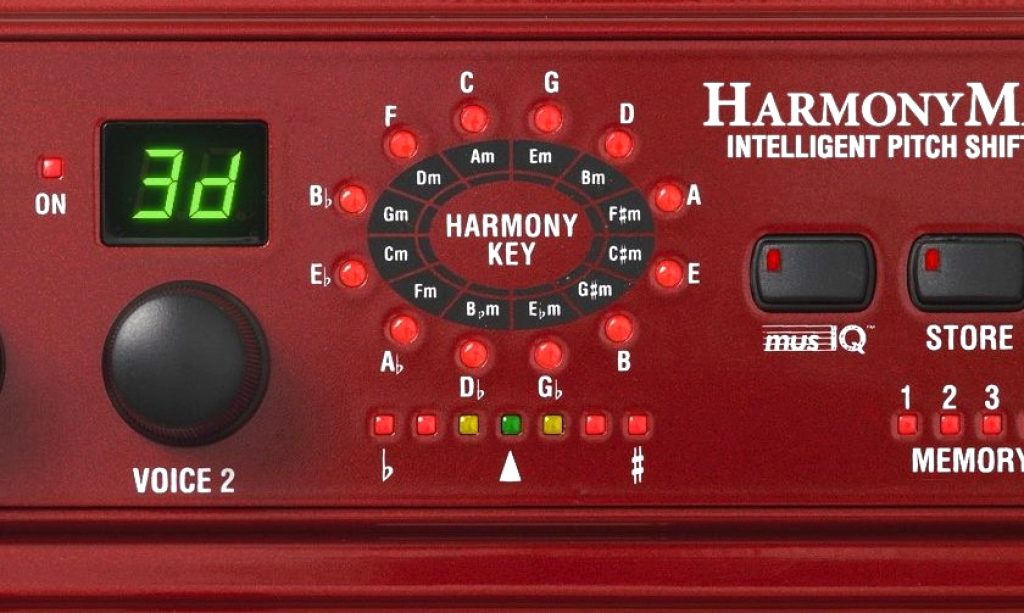 Pitch shifting is a way of changing the pitch of the sound that you’re actually playing or singing. For instance, a guitar player in a band might want to reach pitches that the guitar isn’t capable of reaching on its own – without the use of an effects pedal. The same goes with the vocals. Pitch shifting is now thankfully a feature of many of the best digital harmonizer pedals out there on the market, and where once, we had to go out and buy a couple of effects pedals to get harmonizing effects and pitch shifting, these days, we can get a lot more bang for our buck.
Pitch shifting is a way of changing the pitch of the sound that you’re actually playing or singing. For instance, a guitar player in a band might want to reach pitches that the guitar isn’t capable of reaching on its own – without the use of an effects pedal. The same goes with the vocals. Pitch shifting is now thankfully a feature of many of the best digital harmonizer pedals out there on the market, and where once, we had to go out and buy a couple of effects pedals to get harmonizing effects and pitch shifting, these days, we can get a lot more bang for our buck.
Reverb
You can look at reverb in a few different ways, but the easiest way to think about it is in terms of pushing the sound of a vocal or an instrument back, and making it sound a little further away. Reverb gives you the perception of the space and glues your vocals to the sound of the musical instruments, and it’s a wonderful effect to use – especially when you’re trying to build up the richness of a sound with a harmonizer pedal. Reverb can add an acoustic quality to your vocals or music, and by that, we don’t mean that it makes an electronic keyboard sound like a grand piano – we are trying to say that reverb can mimic the effects of a natural acoustic environment.
Delay
Delay is another one of the most fundamental musical effects, and musicians often use it when they are either singing or playing the guitar or the keyboard. If you are lucky enough to have the option to use delay with your harmonizer pedal, it’s just one more string on your bow. If you’re looking for a particular effect, for example with a vocal let’s just say you want to add a touch of reverb to soften up the tone of the vocal – it’s often the case that you’ll ‘push the sound of the vocal back’ – for instance, if the vocal is competing with an instrument or instruments. Adding a bit of delay to the vocal can separate it from the other effect, and it’ll make that aspect of the vocal sound more prominent.
Presets and memory
Presets can be an excellent help with any type of the effect pedal, because they give you a starting point. This is an important thing when you are inexperienced at creating different sounds and tones by using effects. It’s rare that you’ll find a preset that is exactly what you need – because the effects that you can achieve with today’s modern pedals are infinite.
However, what presets do is give you a base set-up that will sound great, and you’re less likely to go completely wrong on your overall settings when you don’t stray too far from a preset.
Once you’re more experienced, things get a lot easier. What memory does is give you the ability to create your own presets. Depending on the number of memory slots your own pedal has, you can find a range of settings that you really love, or are likely to use again and again, and set the memory to remember that group of settings.
Other effects and features
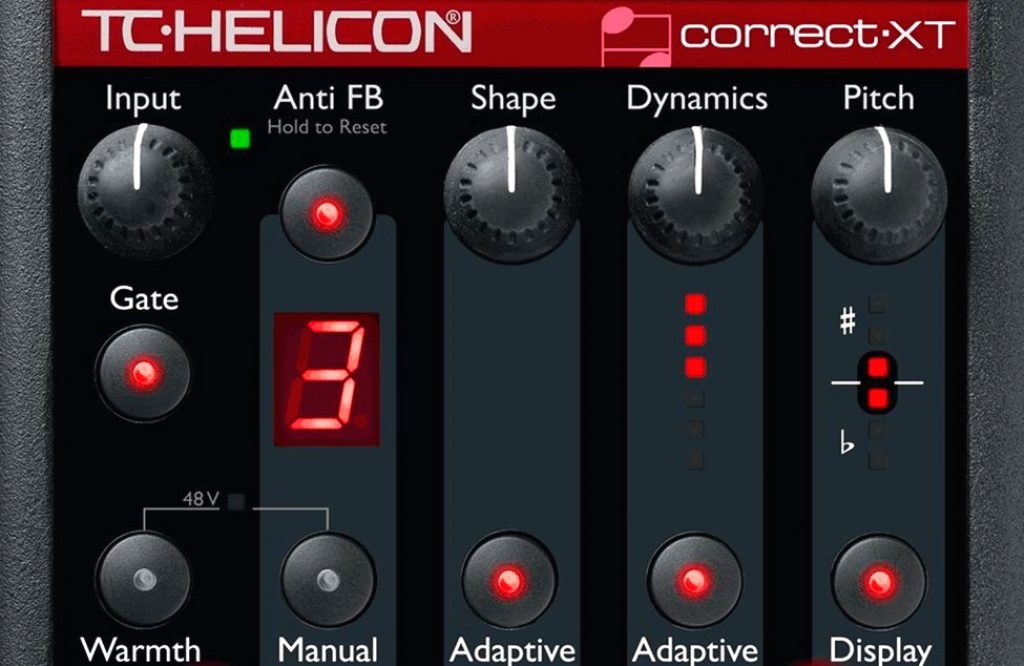 Depending on which harmonizer you choose to buy, there is a wide range of features that the stompboxes include. In the modern-day, it’s possible to have less effect pedals – whether you’re a musician, singer or both – because you can often find several effects incorporated into one piece of equipment. That is a remarkable thing if you are a gigging performer and you want to carry as little equipment around as possible from show to show. Harmonizer pedals are often fitted with effects like reverb, digital delay, chorusing, and some will even go as far as to EQ your vocal or instrument sound for you. Depending on how well you sing, sometimes the best vocal harmony processors are the ones with the most effects!
Depending on which harmonizer you choose to buy, there is a wide range of features that the stompboxes include. In the modern-day, it’s possible to have less effect pedals – whether you’re a musician, singer or both – because you can often find several effects incorporated into one piece of equipment. That is a remarkable thing if you are a gigging performer and you want to carry as little equipment around as possible from show to show. Harmonizer pedals are often fitted with effects like reverb, digital delay, chorusing, and some will even go as far as to EQ your vocal or instrument sound for you. Depending on how well you sing, sometimes the best vocal harmony processors are the ones with the most effects!
Price range
It is essential to think of the price for two reasons. The first reason is that some of us do not want to spend some extra money for unnecessary effects, and the second reason is that you generally want to get more quality and richness of the sound which is sometimes can be achieved only on the more expensive pedals – although it is sometimes possible to find some gems. On our own list, prices range from under $200 right up to the Eventide PitchFactor, which will set you back several hundred dollars. The best piece of advice is to work out what you need, set a budget based on that, and then buy the best pedal in this price range.







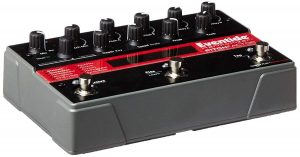
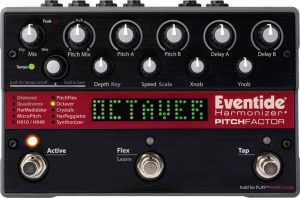
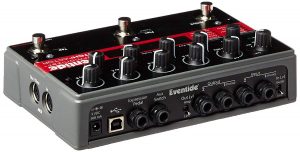
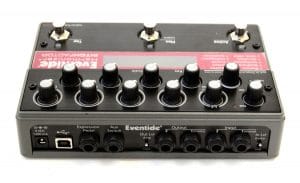
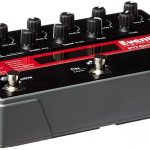
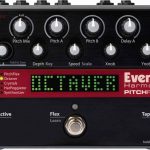
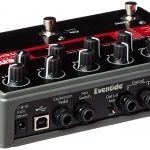
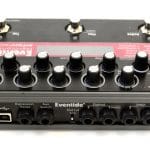
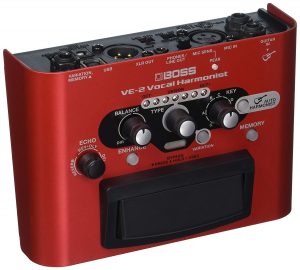
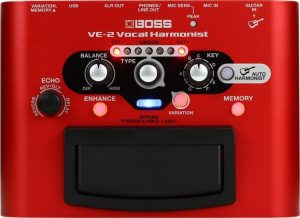
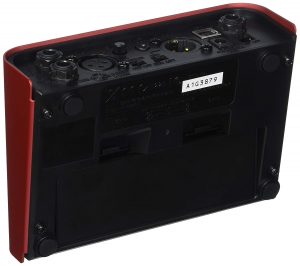
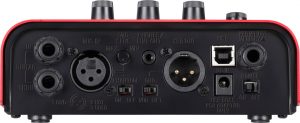
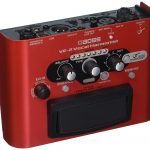
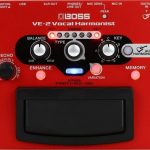
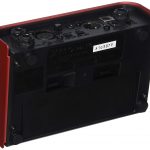
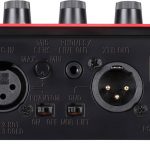
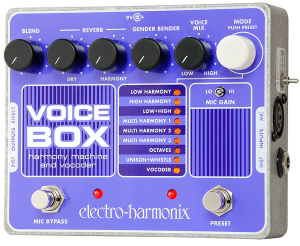
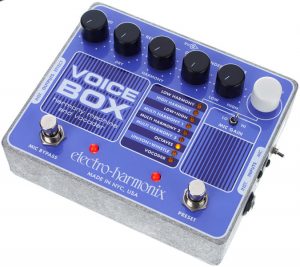
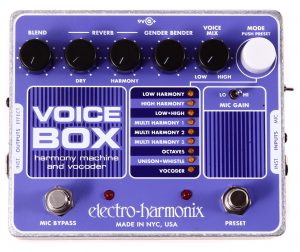
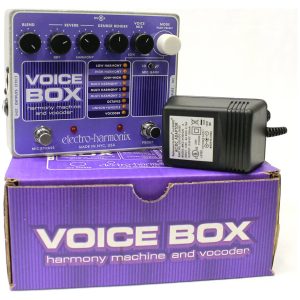
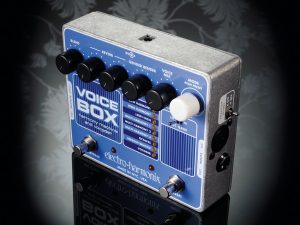
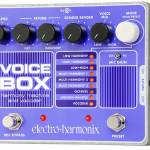
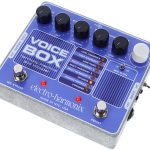
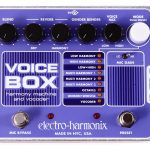
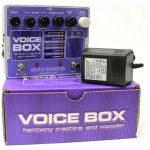
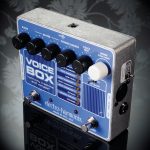
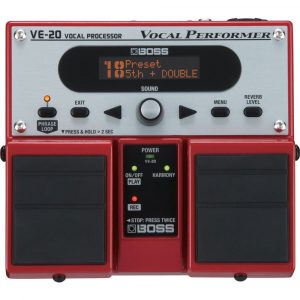
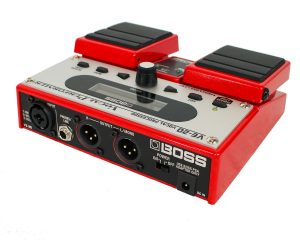
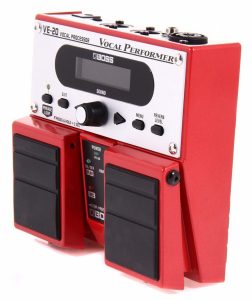
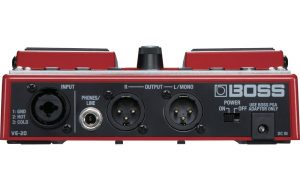
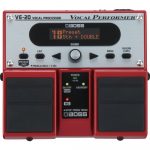
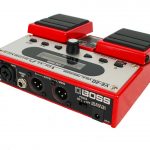
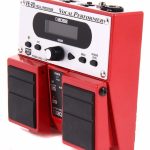
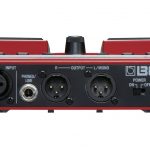
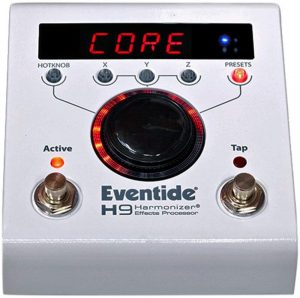
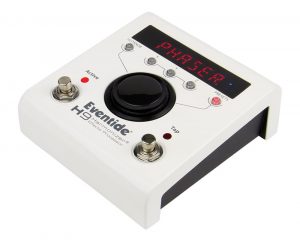
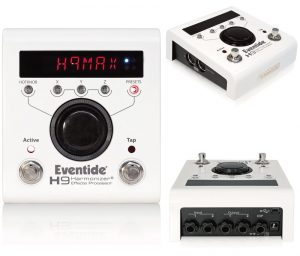
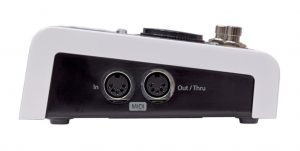
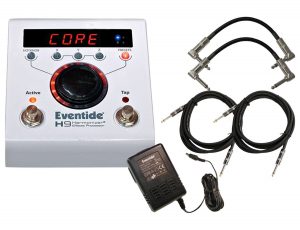
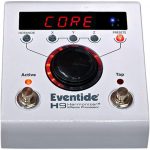
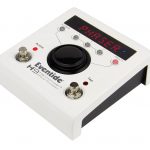
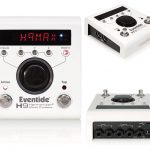
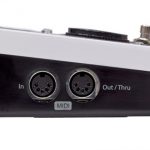
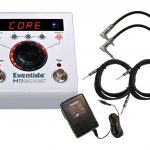
 When picking a good harmonizer pedal, it’s always very helpful to have a clear idea of how you’re going to use it. If you want to use your harmonizer as an all-rounder in a studio, or even pass it around your band, expect to pay more. Vocal harmonizers tend to have a lot more features than budget harmonizers for guitars, for example. It’s important to prioritize what you need, and not to pay money for features you won’t use. The best sounding harmonizer pedal won’t necessarily be the most complicated and most expensive option.
When picking a good harmonizer pedal, it’s always very helpful to have a clear idea of how you’re going to use it. If you want to use your harmonizer as an all-rounder in a studio, or even pass it around your band, expect to pay more. Vocal harmonizers tend to have a lot more features than budget harmonizers for guitars, for example. It’s important to prioritize what you need, and not to pay money for features you won’t use. The best sounding harmonizer pedal won’t necessarily be the most complicated and most expensive option. Pitch shifting is a way of changing the pitch of the sound that you’re actually playing or singing. For instance, a guitar player in a band might want to reach pitches that the guitar isn’t capable of reaching on its own – without the use of an effects pedal. The same goes with the vocals. Pitch shifting is now thankfully a feature of many of the best digital harmonizer pedals out there on the market, and where once, we had to go out and buy a couple of effects pedals to get harmonizing effects and pitch shifting, these days, we can get a lot more bang for our buck.
Pitch shifting is a way of changing the pitch of the sound that you’re actually playing or singing. For instance, a guitar player in a band might want to reach pitches that the guitar isn’t capable of reaching on its own – without the use of an effects pedal. The same goes with the vocals. Pitch shifting is now thankfully a feature of many of the best digital harmonizer pedals out there on the market, and where once, we had to go out and buy a couple of effects pedals to get harmonizing effects and pitch shifting, these days, we can get a lot more bang for our buck. Depending on which harmonizer you choose to buy, there is a wide range of features that the stompboxes include. In the modern-day, it’s possible to have less effect pedals – whether you’re a musician, singer or both – because you can often find several effects incorporated into one piece of equipment. That is a remarkable thing if you are a gigging performer and you want to carry as little equipment around as possible from show to show. Harmonizer pedals are often fitted with effects like reverb, digital delay, chorusing, and some will even go as far as to EQ your vocal or instrument sound for you. Depending on how well you sing, sometimes the best vocal harmony processors are the ones with the most effects!
Depending on which harmonizer you choose to buy, there is a wide range of features that the stompboxes include. In the modern-day, it’s possible to have less effect pedals – whether you’re a musician, singer or both – because you can often find several effects incorporated into one piece of equipment. That is a remarkable thing if you are a gigging performer and you want to carry as little equipment around as possible from show to show. Harmonizer pedals are often fitted with effects like reverb, digital delay, chorusing, and some will even go as far as to EQ your vocal or instrument sound for you. Depending on how well you sing, sometimes the best vocal harmony processors are the ones with the most effects!




